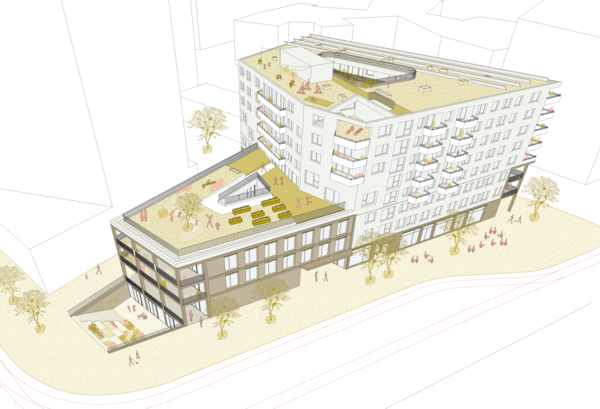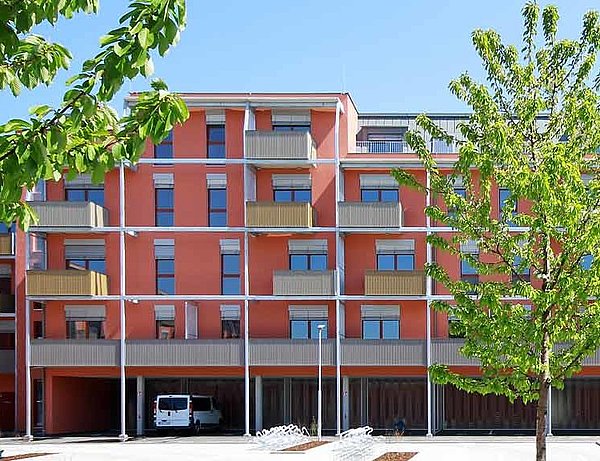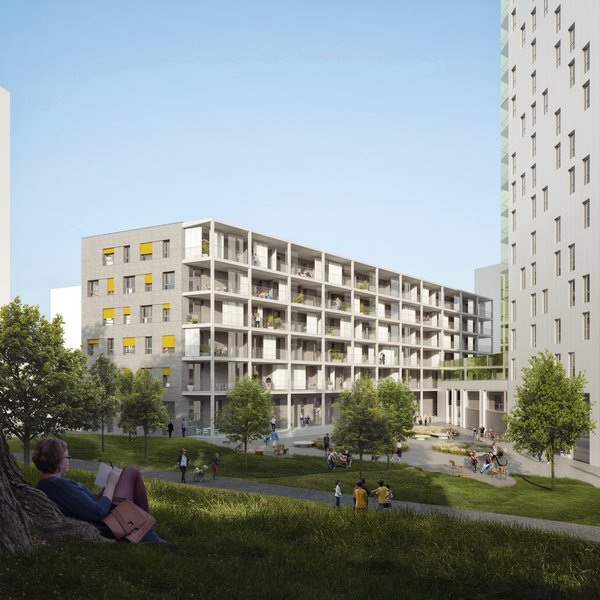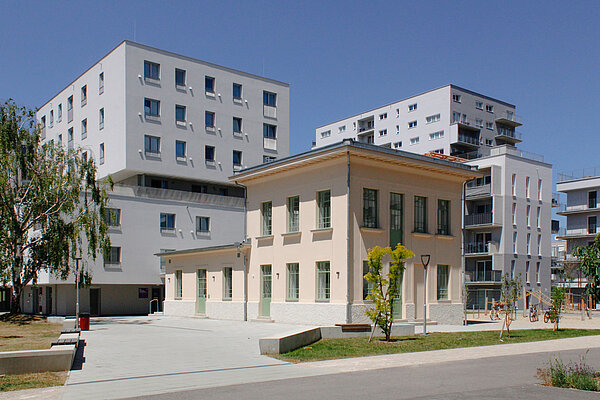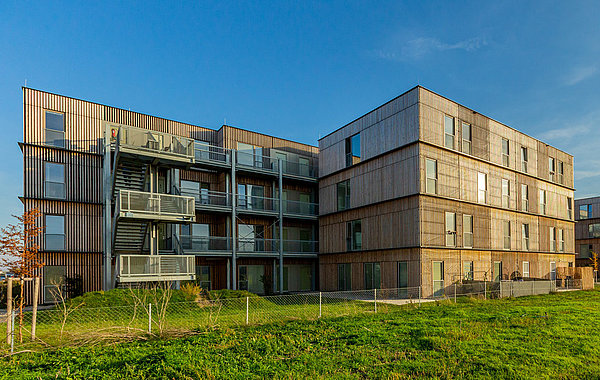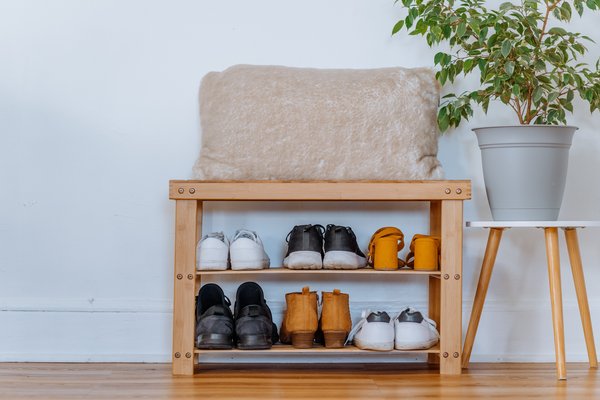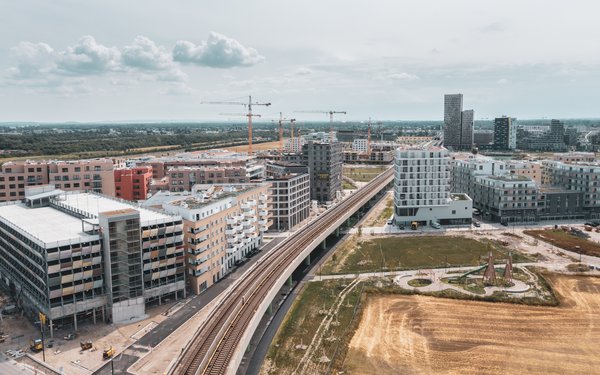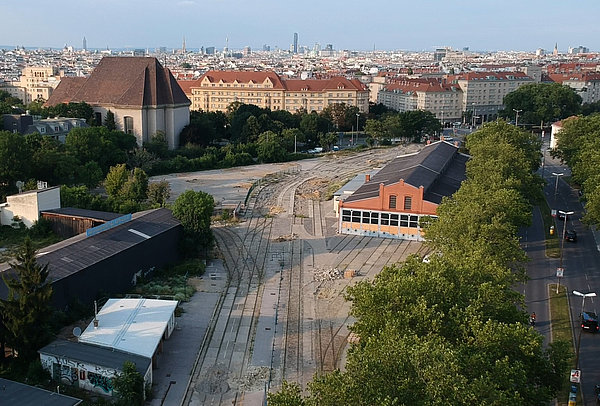Affordability & New forms of housing
The right to housing is a human right, enshrined in Article 11 of the International Covenant on Economic, Social and Cultural Rights. However, the growth of cities and, above all, the discovery of housing as a capital investment by the financial markets (“concrete gold”) have turned housing into a product that is becoming increasingly expensive. Vienna’s social housing policy, which has been firmly anchored for one hundred years, and non-profit and subsidized housing aim at affordability for all strata of the population, but they are increasingly under pressure as well.
Affordability does not only mean affordable rents but also getting by with the available financial means in everyday life. The landscape of everyday life is constantly changing, and our housing biographies are rarely straightforward. Therefore, we need new housing models that address these changing life situations. Many IBA_Vienna projects aim to do just that. They offer flexible-use spaces, develop special offers for single parents and new forms of communal living. Parallel to this, alternative models of ownership, use and financing are increasingly developed. New actors such as building groups or tenement syndicates bring the ideal of solidarity back into housing with their non-profit-oriented models. All these ideas can secure the Viennese tradition of affordability and social housing for the future.
Examples in the IBA ...
... and beyond
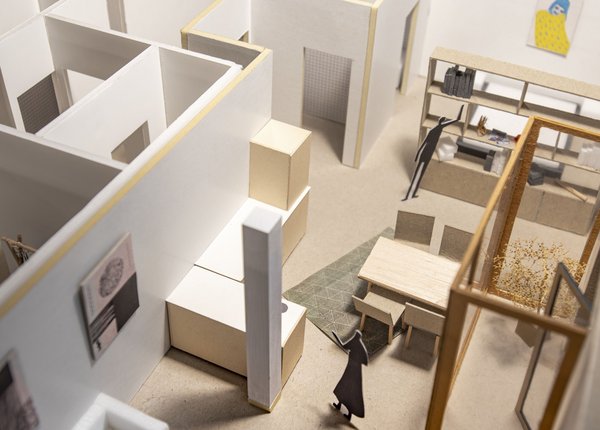
More Innovations & Projects
Many concrete innovations and projects go beyond the period of the IBA_Vienna and represent important impulses for the further development of the mentioned thematic field.Click on the arrow above the image to learn more!

Widmungskategorie Geförderter Wohnbau
Diese Kategorie kommt bei allen Flächen zur Anwendung, die im Zuge einer Neufestsetzung des Flächen widmungsplans erstmals eine Wohnnutzung zulassen.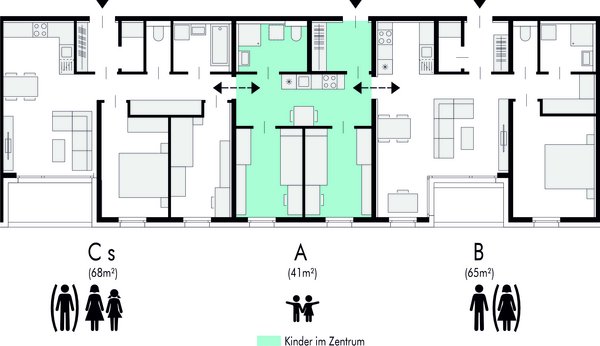
Wohnen für Allein- und Getrennterziehende
Mit 1. Juli 2020 wurde die Kategorie „Alleinerziehend“ als neues Kriterium für die Vergabe von geförderten Wohnungen in Wien eingeführt.
Geplant - Gebaut - Genutzt
Die Studie „Geplant – Gebaut – Genutzt: Neue Wiener Wohntypo- logien“ ist in der Reihe Beiträge zur IBA_Wien (Band 15) erschienen.
Housing First
Housing First ist ein Angebot für Menschen, die schon länger wohnungslos sind und spezielle Lebenssituationen zu bewältigen haben.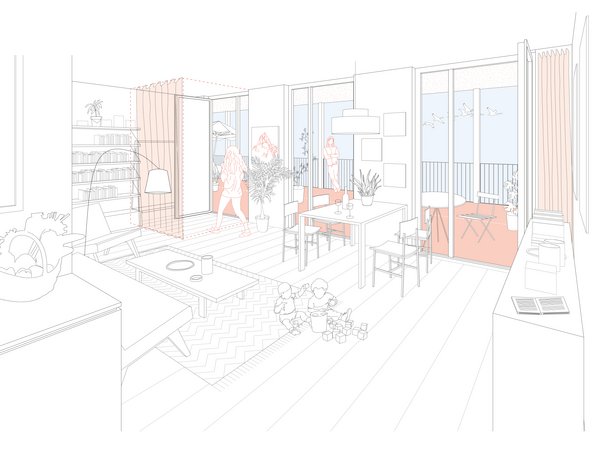
Modellhafte und Experimentelle Wohnformen
Dieser Forschungsbericht ist im Rahmen der Reihe Beiträge zur IBA_Wien (Band 03) erschienen.
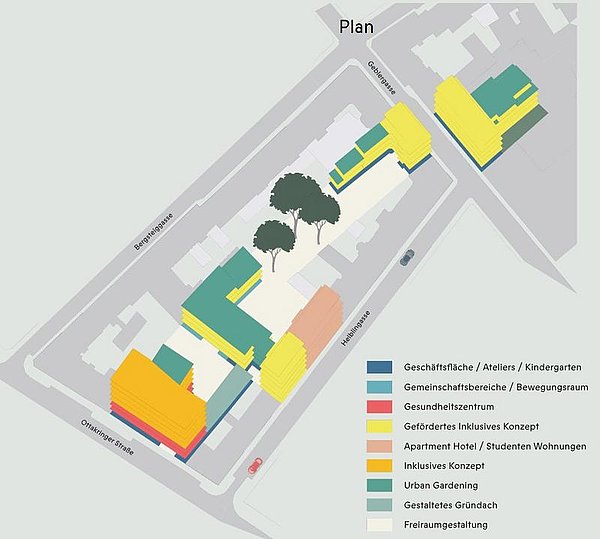
![[Translate to English:] Berresgasse Übersichtsplan © C. Fürthner](/fileadmin/_processed_/0/0/csm_Berresgasse_UEbersichtsplan_c_C.Fuerthner_klein_6e361acdda.jpg)
